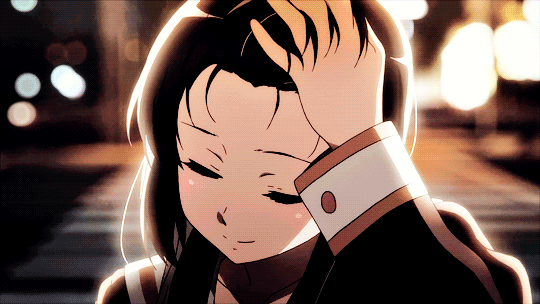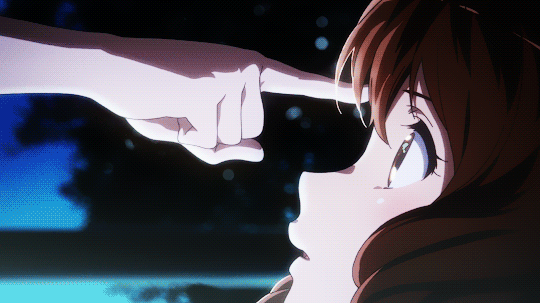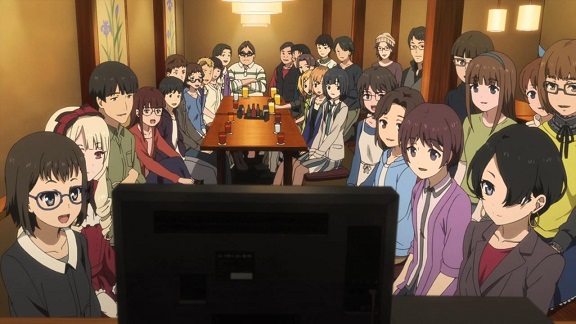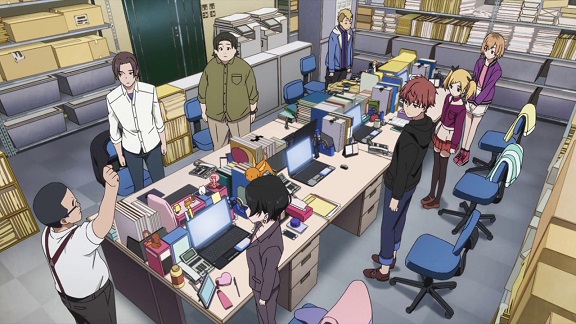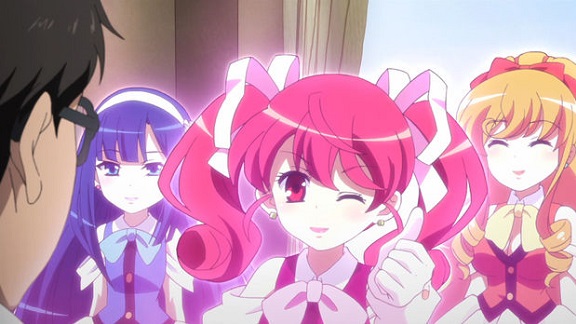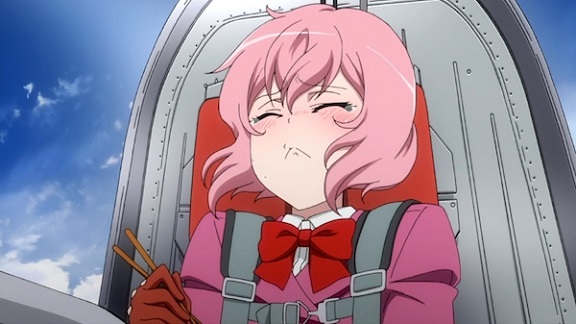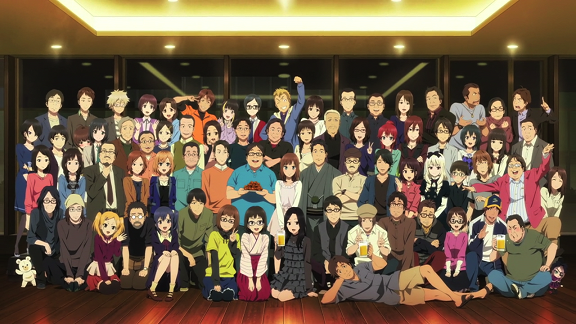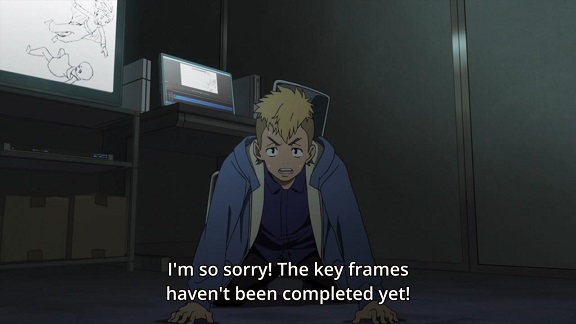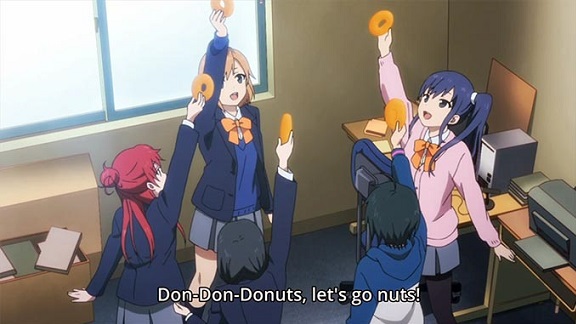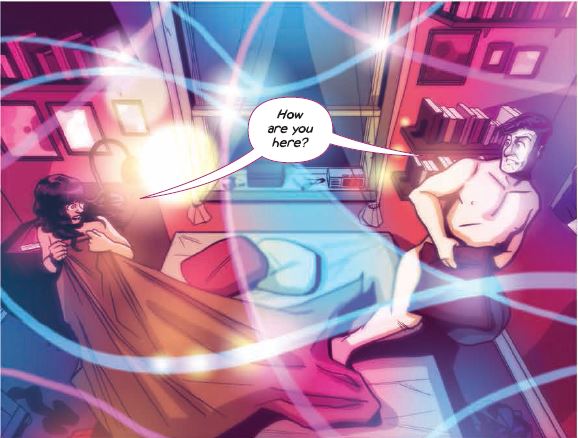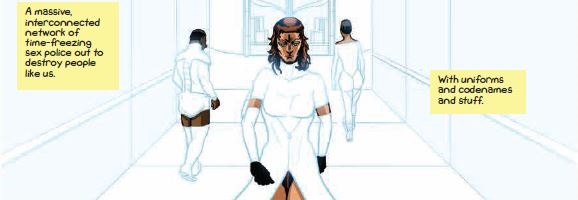
I first binge watched Angel Beats! on holiday in the South of France a few years when it was far too hot for my body type to actually do anything, sitting outside on the veranda of our holiday house late at night while the rest of the family was fast asleep. My expectations were low at the time, but it turned out to be one of the most compelling and emotional series I’d ever watched. One of those series that stay with you for a long time, which is why I wanted to rewatch it now and look more closely at why it mattered so much, what it got right.

A strong first episode is of course essential to any new series, especially when it’s an original series with no existing body of work in other media to fall back on. Angel Beats starts with the Amber gambit: the protagonist wakes up in a strange world with no recollection how he got there or even who he is. He finds himself in the stands of the athletic fields of what seems to be a high school, facing a girl holding a sniper rifle aiming at something below. That’s Yuri “Yurippe” Nakamura who informs him that a) he’s dead b) he’s in limbo and c) he’s recruited in the fight against god and d) if he doesn’t join he’ll disappear from the world. She also explains that the girl she’s aiming at is Tenshi (angel) their direct opponent, at which point our hero decides to talk to her instead.
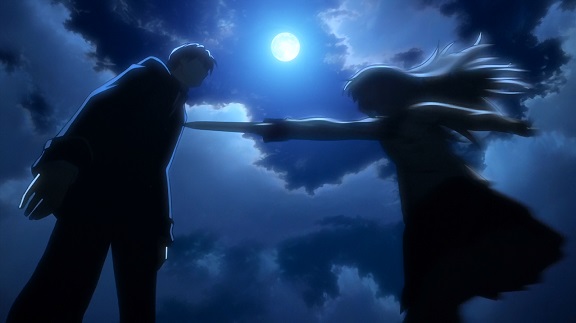
Tenshi introduces herself as not an angel, but the student council president, he questions her about the world he is in, she replies that yes, he is dead and should accept the world as he finds it, and then he makes the mistake of shouting at her to prove it. Which she does. By driving a knife through his heart. Waking up the next morning in the school’s infirmary he finds his blood soaked shirt and finally accepts this is real. After this the still nameless protagonist is introduced to the rest of the SSS, the resistance battlefront put together by Yurippe and infodumping happens before the episode is wrapped up by the first battlefront mission.
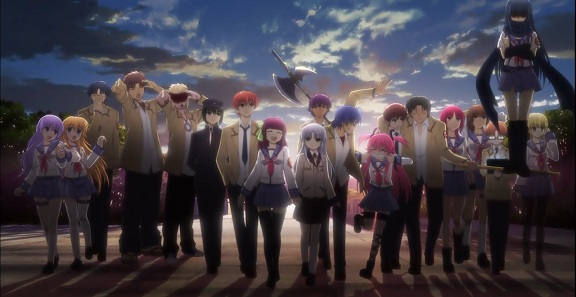
It’s a large cast for a thirteen episode anime and many of the secondary characters therefore are no more than stereotypes; their introduction is remarkably efficient at establishing their parameters. There’s the smart guy with glasses (“acutally an idiot” according to Yurippe), the lead singer of the all girl band, the aggressive loudmouth, the quiet but resourceful girl, the big martial arts guy etc. And there’s TK, the bandanaed English nonsense spouting show stealer. In later episodes a fair few of the cast will get their moment to shine, but for now they’re mainly there as background characters, with the focus purely on Otonashi, as he finally remembers he’s called, Yurippe and Tenshi, with the latter as the unstoppable antagonist.
For a first episode, this does everything right: introduce the main characters, establish the plot and setting, end with an action packed climax so it isn’t all talking heads. There’s even a bit of humour, with TK and the many slapstick deaths of Otonashi. But what sets it apart is the music. Both the opening and ending theme are great, even without the emotional impact they acquire as the series progresses, but even better is “Crow Song”, played by Girls Dead Monster as shown above, during Operation Tornado, the SSS daily operation which ends the episode. The first of what’ll become an album’s worth of great rock songs, good enough that their real live counterparts would play a series of sold out concerts. GiDeMo’s music is at the heart of the series and for me will always be associated with several heartwrenching moments, this song included.
